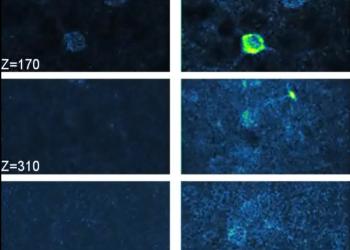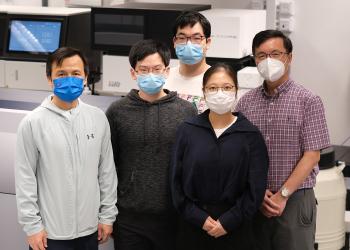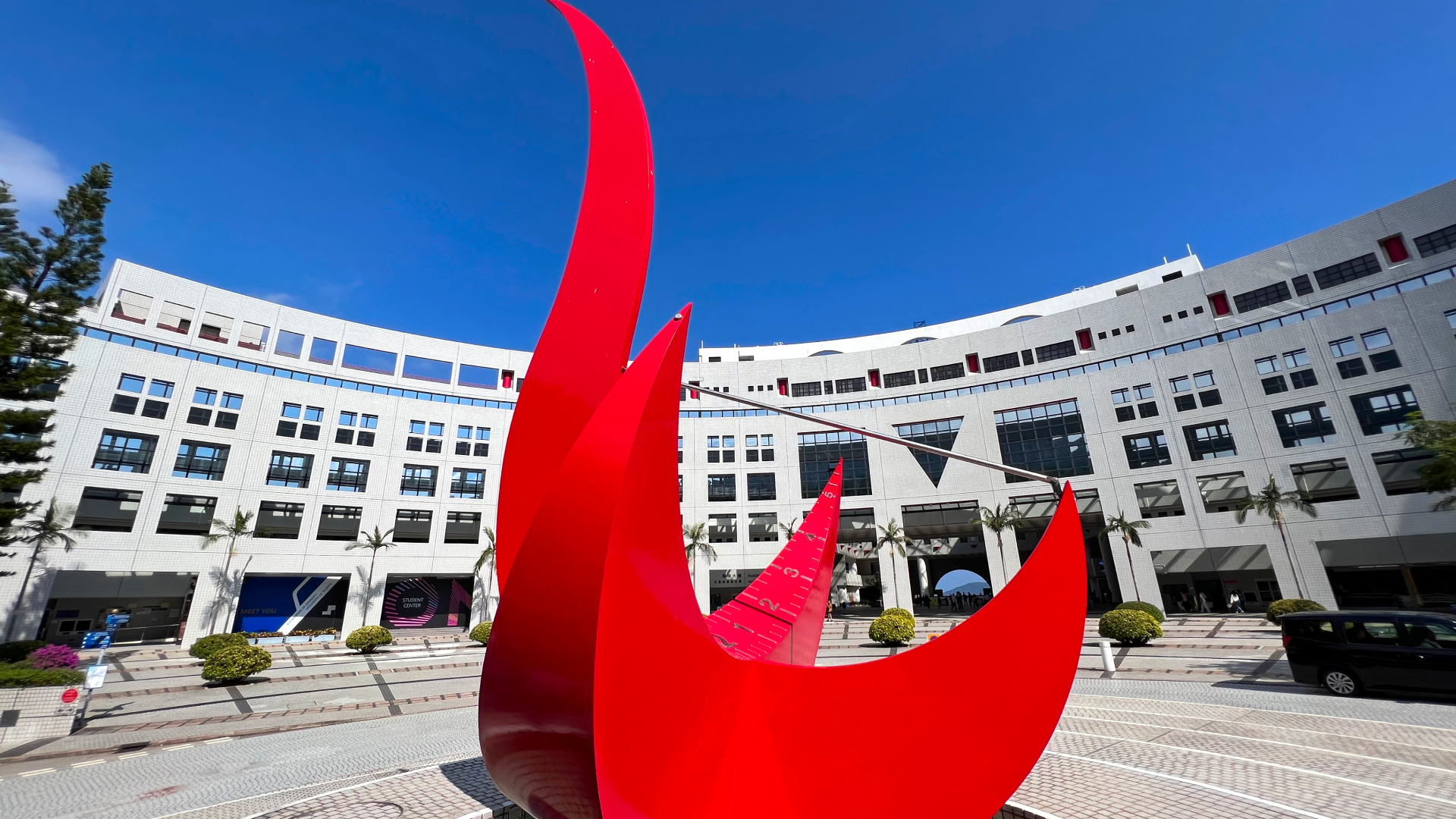News & Stories
2022

News
HKUST Researchers Demonstrate Near-non-invasive In-vivo Imaging in Mouse Cortex at an Unprecedented Depth
A research team from the Hong Kong University of Science and Technology (HKUST) has demonstrated for the first time in-vivo imaging of fine neuronal structures in mouse cortex through the intact skull at an unprecedented depth of 750 µm below pia, making high-resolution microscopy in cortex near non-invasive and measurably facilitating the study of the living brain.
The direct and non-invasive visualization of neurons, glia, and microvasculature in the brain in vivo is critical for enhancing our understanding of how the brain functions. Over recent decades, great effort has been focused on developing novel techniques for in vivo imaging of the intact brain. However, none of the prevalent technologies, including ultrasound imaging (sonography), positron emission tomography (PET), and magnetic resonance imaging (MRI), provides sufficient spatial resolution to visualize biological structures at the subcellular level.

News
HKUST researchers develop long-term in vivo imaging technique to better understand and treat spinal cord injury
A research team led by scientists from the Hong Kong University of Science and Technology (HKUST) has developed an innovative technology for in vivo imaging of the important biological processes involved in the injury and repair of spinal cords, paving the way for a better understanding of the pathology and potential treatment of spinal cord injury (SCI).
A tight bundle of neural cells (neurons and glia) and nerve pathways (axons), the spinal cord serves as a primary information highway between the brain and the peripheral nerves in the rest of our body. Damage to the spinal cord is a devastating and largely irreversible neurological trauma, and can result in lifelong disability and paralysis with no available cure.






